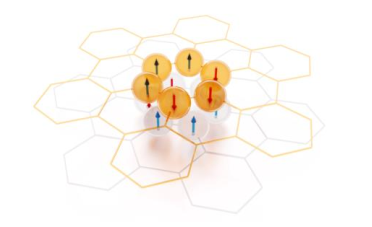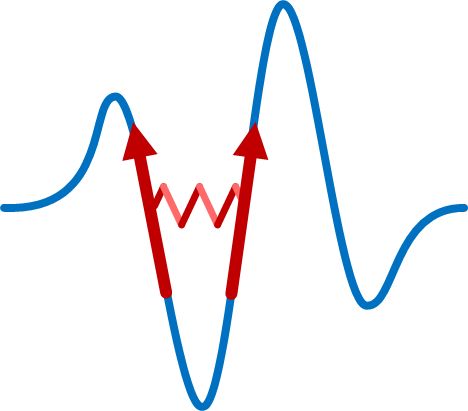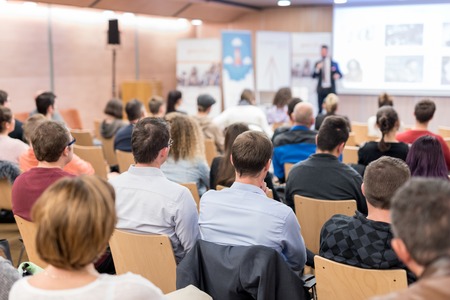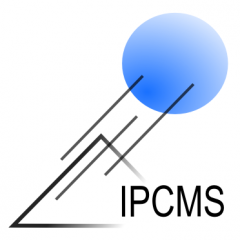

Abdelghani Laraoui (Department of Mechanical & Materials Engineering, University of Nebraska-Lincoln)
Résumé :
Magnetic microscopy based on nitrogen vacancy (NV) centers in diamond has become a versatile tool to detect magnetic fields with an unprecedented combination of spatial resolution and magnetic sensitivity, opening up new frontiers in biological [1] and condensed physics matter research [2]. In this seminar, I will present two examples of using NV magnetic microscopy in both scanning probe microscopy (SPM) and wide-field microscopy (WFM) geometries to study nanoscale magnetic phenomena in different materials. First, I will discuss NV-SPM measurements of antiferromagnetic (AFM) domains switching in Cr2O3 and B-Cr2O3 thin films and device structures [3, 4]. Cr2O3 is an archetypical AFM oxide that permits voltage-control of the Néel vector. In addition, boron doping increases Néel temperature from 307 K to 400 K and allows realizing voltage controlled Néel vector at zero applied magnetic field, a promising finding to AFM spintronics. Then, I will discuss NV-WFM measurements on individual Fe(Htrz)2(trz)](BF4)] (Fe triazole) spin-crossover (SCO) nano-rods of size varying from 20 to 1000 nm [5]. Fe triazole SCO complexes exhibit thermal switching between low spin (LS) and high spin (HS) states which are applicable in thermal sensors and molecular switches. While the bulk magnetic properties of these molecules are widely studied by bulk magnetometry techniques their properties at the individual level are missing. The stray magnetic fields produced by individual Fe-triazole nano-rods are imaged by NV magnetic microscopy as a function of temperature (up to 150 0C) and applied magnetic field (up to 3500 G). We found that in most of the nanorods the LS state is slightly paramagnetic, possibly originating from the surface oxidation and/or the greater Fe(III) presence along the nanorods’ edges [5].
References: [1] I. Fescenko, A. Laraoui, et al., Phys. Rev. App. 11, 034029 (2019). [2] A. Laraoui and K.
Ambal, Appl. Phys. Lett. 121, 060502 (2022). [3] A. Erickson, A. Laraoui, et al., RSC Adv. 13, 178-185 (2023).
[4] A. Erickson, A. Laraoui, et al., to be submitted to Nat. Mat. (2023). [5] S. Lamichhane, A. Laraoui, et al.,
ACS Nano 17, 9, 8694–8704 (2023).
Contact : Valérie Halté (valerie.halte@ipcms.unistra.fr)
bât. 69, Campus de Cronenbourg
Strasbourg

Prochains évènements
Retour à l'agendaSéminaire DSI présenté par Gracie Chaney
Titre : “ Machine learned interatomic potentials as a tool for studying complex chemical systems ”
Séminaire AXE 1 "Sciences et Matériaux Quantiques" présenté par : Patrick Potts
Titre : Active quantum reservoir engineering - Using a qubit to manipulate its environment
